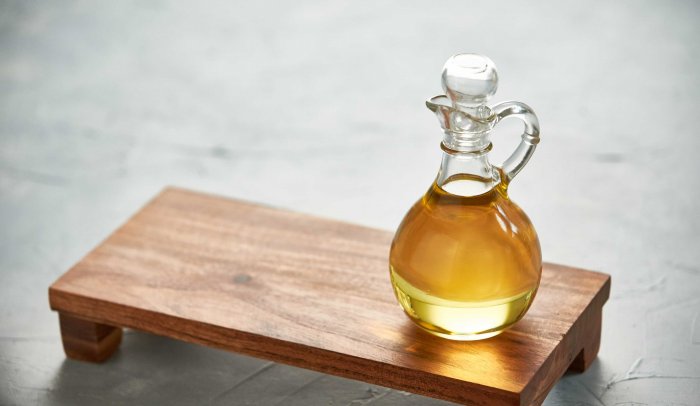- Articles
- November 30, 2023
5 Reasons To Add Cottonseed Oil To Your Back Of House

A good cooking oil is paramount for any kitchen, and a chef’s choice can make a significant impact on the quality and flavor of their dishes. That’s why, around the world, many professionals have chosen cottonseed oil for their back of house. From its smoke point1 to its neutral flavor2, here are five key reasons these chefs swear by cottonseed oil.
1. Crispier Fried Foods
One of the greatest advantages of using cottonseed oil in the kitchen is its remarkable ability to produce the perfect crisp and crunch for fried foods. The secret to success? Its composition.
Cottonseed oil is rich in polyunsaturated fat3. This composition allows for a more efficient heat transfer during frying, which can help with the creation of a delicate, crispy exterior and wonderfully tender interior many cooks look for in a fried dish.
2. High Smoke Point
One of the most important attributes of a cooking oil is its smoke point. A high smoke point allows chefs to use high heat, which allows for easier searing or frying, and cottonseed oil has a smoke point of 450 degrees F1.
A high smoke point ensures an oil maintains its integrity at high temperatures and doesn’t burn. It gives cottonseed oil the ability to withstand high heat levels without breaking down or compromising the flavor or quality of a dish.
3. Neutral Flavor Profile
Another strength of cottonseed oil is its neutral flavor profile2. This allows the natural flavors of the cooked items to shine through, making it an excellent choice of oil for a wide array of cooking techniques and recipes.
Many chefs favor cottonseed oil due to the freedom it gives them to experiment with a wide range of flavors without concern that the taste of oil might overpower the dish.
4. Stability
Fulfilling yet another item on the wish list of many chefs, cottonseed oil is an excellent choice for those seeking long lasting oils and frying stability.
When frying food, it’s important for chefs to monitor the loss of tocopherols to assess potential oil deterioration at high temperatures. Among most of the common vegetable oils, cottonseed oil is considered to be more stable oil due to its unique fatty acid composition and level of tocopherols4.
5. Better Baking
For those working on dessert menus or crafting culinary creations in a bakery setting, cottonseed oil can be an excellent choice for light, fluffy baked goods. Its coating structure builds components that help prevent excessive hydration, similar to gluten and starch5. This allows baked goods to keep their shape, forming perfectly fluffy muffins or cupcakes that have risen to perfection.
Cottonseed oil also is stable in the β′ crystal form, which is desirable in many products because this stability promotes a smooth, workable consistency, usually referred to as plasticity6. Plasticity allows it to be easily worked into a batter or dough. This means cottonseed oil can be helpful for moist and tender cakes, breads and more. Check out Chef Carlo LaMagna’s Hazelnut Financiers to see how he uses cottonseed oil in baked goods.
In the culinary arts, every ingredient plays a critical role in achieving perfection. That makes a chef’s choice of cooking oil a make-or-break decision for their operation. With its ability to create the perfect crispy fried foods, maintain stability and help create fluffy baked goods, cottonseed oil can be a helpful staple in many professional kitchens.
Find more reasons to love cooking with cottonseed oil at CottonseedOil.org/In-The-Kitchen.
5 Figoni, P. 2010. “Fats, Oils and Emulsifiers.” How baking works: Exploring the fundamentals of Baking Science, 3rd edition. pp. 229. Essay, John Wiley & Sons.

